- HP DB06XL laptop battery is made from the highest quality cells and parts. TheHP DB06XL is designed to meet or exceed original equipment specifications. Shopping with us is safe and secure! 100% Guarantee Quality and Fully Test!
DB06XL laptop battery pack for HP Probook 11 EE G1 G2.
HP DB06XL 64Wh 11.1V laptop battery is made from the highest quality cells and parts. The HP DB06XL is designed to meet or exceed original equipment specifications. Shopping with us is safe and secure! 100% Guarantee Quality and Fully Test!HP DB06XL laptop battery High Quality Battery 64Wh 11.1V
Product details:
Brand:HP laptop battery
Type: Li-ion-battery
Voltage: 64Wh
Capacity: 11.1V
Usually ships the same business day!
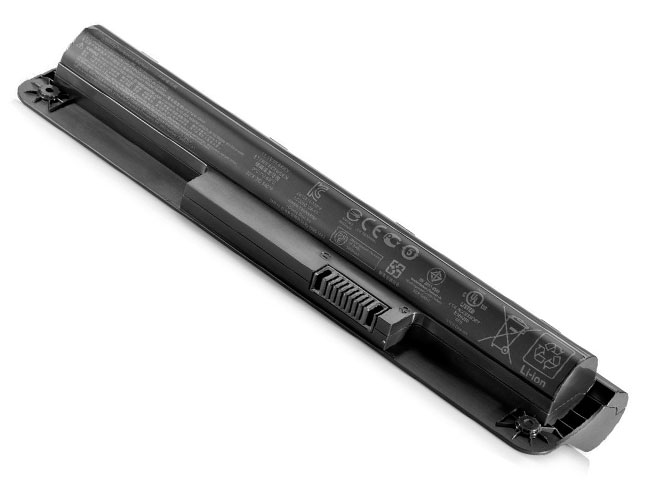
New HP DB06XL notebook battery High Quality Battery 64Wh, 11.1V
Replacement Battery>> HP DB06XL 64Wh 11.1V
Replace the following part numbers:
- HP DB06XL
- HP 797430-001
- HP HSTNN-IB6W
- Fits the Following Models:
HP Probook 11 EE G1 G2https://www.uk-online.co.uk/DB06XL-battery-replacement-179483.html
RU: HP DB06XL
HP DB06XLJP:
 HP DB06XL スマホのバッテリー-Japan First Store
HP DB06XL スマホのバッテリー-Japan First StoreDE:
 AKKU Für HP DB06XL, Ersatz für HP Probook 11 EE G1 G2.-Germany
AKKU Für HP DB06XL, Ersatz für HP Probook 11 EE G1 G2.-GermanyNL:
 HP DB06XL Accu
HP DB06XL AccuIT:
 HP DB06XL Batteria-Italy
HP DB06XL Batteria-ItalyES:
 HP DB06XL Batería-Spain
HP DB06XL Batería-SpainLaptop battery usage time
The battery of a laptop can generally be used for 3-5 hours. Laptop battery maintenance and maintenance: The battery is a consumable part and will be reimbursed after hundreds of uses. Therefore, we must pay attention to maintenance and maintenance when using the notebook battery. Activation must be done when you use a new battery. The so-called activation is to fully charge and discharge the battery. Many people say that activation should be carried out 3 to 5 times. In fact, according to many experiments, it only takes 2 or 3 times, because many batteries can reach 98.6% of the rated capacity after the first full charge. The second time is generally It is possible to fully reach the rated capacity. Others said that the activation of the charge should be charged for 12 hours, in fact, it is not quite correct, because when the control circuit thinks that the battery is fully charged, the battery is terminated by the circuit, and the battery is also connected to the power supply. It doesn’t make sense, but if you like to charge for 12 hours, you will know it. In addition, when your battery performance drops significantly, it can be fully charged and discharged several times, and the performance of the battery will be improved. The correct full charge and discharge method is to first turn off the power saving option in Bios, then select all of the Windows “power usage scheme” as “never”, remove all hooks in the “alarm” option, when the power is left Restart the computer at about 5%, press the Pause button on the screen to display the self-test information, then turn off the screen to discharge the battery under low current until it is automatically turned off and recharged. A full charge is completed. To extend battery life, you should pay attention to energy saving in daily use after battery activation. You can select “Maximum Battery Life” in the Bios power option, and you can turn off some devices you did.
UK-Online.co.uk was established to serve the needs of laptop users, and today we are one of the top e-retailers. Get a great deal on electronics when you shop on www.uk-online.co.uk. Choose an iPad, TV or laptop, headphones, PS4, Xbox One and more. Offers on mobile phones and cameras.
https://www.uk-online.co.uk/DB06XL-battery-replacement-179483.htmlApple A1527 laptop battery for Apple MacBook Retina 12 661-02267 A1534 Early 2015
ASUS C21N1409 tablet battery for ASUS VM490 VM490L Tablet
ICOM BP-227 replacement battery for Icom IC-F50 IC-F51 IC-F60 IC-F61 IC-M87
Dell F3YG laptop battery for Dell Latitude 12 7000 7280 7480 DM6WC 2X39G
Dell 7XNTR laptop battery for Dell Latitude 12 7202 Rugged Tablet Series
VIVO BL-N3150Z replacement battery for BLU VIVO XL 2
Lenovo NB116 replacement battery for Lenovo IdeaPad 100S 100S-11IBY 80R2 100S-80 R2
Getac PS236 laptop battery for Getac GPS Receiver PS236/336 Surveying
Samsung EB-BR380FBE replacement battery for Samsung Galaxy Gear 2 SM-R380, SM-R381
Samsung EB-BR360ABE replacement battery for Samsung Gear Fit2 Fit2 SM-R360
Other Hot Sales:
Asus C11P1502 replacement battery4750mAh – 3.8V
Lenovo L13D1P32 replacement battery4290MAH/16.3WH – 3.8V
Asus C12N1320 replacement battery7900mAh/31Wh – 3.8V
Lenovo L12T1P3 replacement battery3700mAh/3.7wh – 3.7V
Lenovo L14D2P31 replacement battery7000mAh/26.60wh – 3.8V
Apple A1484 replacement battery8827mAh – 3.73V
Bose 404600 replacement battery2300mah – 11.1V/12.4v
Bose 063404 replacement battery2230mAH/17Wh – 7.4V
Bose 300769-003 replacement battery400mA/2200mAH/32Wh – 16.8V/20V
Bose PSM36W-208 replacement battery100-240V 50-60Hz (for worldwi – 18V,1A,18w
HP OL02XL replacement battery4450 mAh – 7.4 V
Bose 061384 replacement battery2230mAH/17Wh – 7.4V
ASUS C11P1517 replacement battery4545mAh/18Wh – 3.85V
Bose 088796 replacement battery2230mAH/17Wh – 7.4V
Asus C11P1505 replacement battery3948mAh – 3.8V
Amazon 58-000151 replacement battery890mAh – 3.7V/4.2V
Huawei HB436486ECW replacement battery3900mAh/14.9wh – 3.82V
Medion A41-E15 replacement battery2600MAH/37WH – 14.52V
BLU C836404292L replacement battery2090MAH/11.096WH – 3.8V
VERTU VBL-02 replacement battery3080MAH/11.7WH – 3.8V
Haswell TU131-TS63-74 replacement battery6000mAh/45wh – 7.4V
Samsung 4302-001262 replacement battery2200mAh/24Wh – 11.1V
Gigabyte GNG-E20 replacement battery5300mAh/39.22Wh – 7.4V
Gigabyte NC-H40 replacement battery4300mAh/63.64Wh – 14.8V
Sony LIS1569ERPC replacement battery4500mAh/17.1wh – 3.8V
NEC PC-VP-BP67 replacement battery2900mAh/39WH – 14.4V
Bose 78592 replacement battery5500MAH – 14.8V
Cheap Nihon ECG-7600 Battery Replace for Nihon Khoden ECG-7600 ECG-7700 ECG-1350 TEC-5600/7621K
- Nihon ECG-7600 laptop battery is made from the highest quality cells and parts. TheNihon ECG-7600 is designed to meet or exceed original equipment specifications. Shopping with us is safe and secure! 100% Guarantee Quality and Fully Test!
ECG-7600 ECG-7700 laptop battery pack for Nihon Khoden ECG-7600 ECG-7700 ECG-1350 TEC-5600/7621K.
Nihon ECG-7600 3000mAh 12V laptop battery is made from the highest quality cells and parts. The Nihon ECG-7600 is designed to meet or exceed original equipment specifications. Shopping with us is safe and secure! 100% Guarantee Quality and Fully Test!Nihon ECG-7600 ECG-7700 laptop battery High Quality Battery 3000mAh 12V
Product details:
Brand:Nihon laptop battery
Type: Li-ion-battery
Voltage: 3000mAh
Capacity: 12V
Usually ships the same business day!
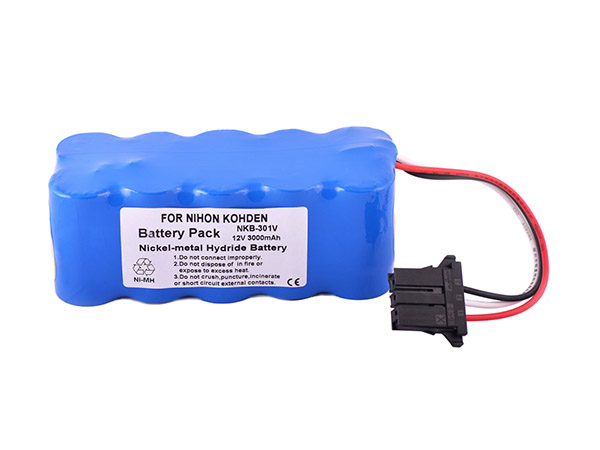
New Nihon ECG-7600 notebook battery High Quality Battery 3000mAh, 12V
Replacement Battery>> Nihon ECG-7600 3000mAh 12V
Replace the following part numbers:
- Nihon ECG-7600
- Nihon ECG-7700
- Nihon ECG-1350
- Nihon TEC-5600/7621K
- Fits the Following Models:
For portable defibrillation monitor TEC 7600
360J discharge 70 times
Or continuous monitoring for 150 minutes
Or 90 minutes fixed-mode stimulation (180 times / minute, 200mA)
Use a fully charged new battery at 20 temperatureshttps://www.uk-online.co.uk/ECG-7600-battery-replacement-179800.html
DELL laptop battery pack for DELL Latitude 12 7000 7280 7480 PGFX4 ONFOH 0PGFX4
- DELL DJ1J0 laptop battery is made from the highest quality cells and parts. TheDELL DJ1J0 is designed to meet or exceed original equipment specifications. Shopping with us is safe and secure! 100% Guarantee Quality and Fully Test!
DJ1J0 laptop battery pack for DELL Latitude 12 7000 7280 7480 PGFX4 ONFOH 0PGFX4.
DELL DJ1J0 3500mAh/42Wh 11.4V laptop battery is made from the highest quality cells and parts. The DELL DJ1J0 is designed to meet or exceed original equipment specifications. Shopping with us is safe and secure! 100% Guarantee Quality and Fully Test!DELL DJ1J0 laptop battery High Quality Battery 3500mAh/42Wh 11.4V
Product details:
Brand:DELL laptop battery
Type: Li-ion-battery
Voltage: 3500mAh/42Wh
Capacity: 11.4V
Usually ships the same business day!
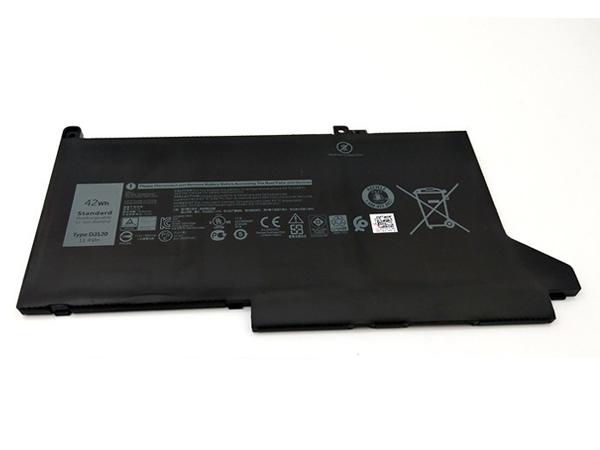
New DELL DJ1J0 notebook battery High Quality Battery 3500mAh/42Wh, 11.4V
Replacement Battery>> DELL DJ1J0 3500mAh/42Wh 11.4V
Replace the following part numbers:
- DELL DJ1J0
- DELL 451-BBZL
- DELL PGFX4
- DELL ONFOH
- Fits the Following Models:
For Dell Latitude 12 7000 7280 7480https://www.uk-online.co.uk/DJ1J0-battery-replacement-179801.html
DeWalt battery pack for DeWalt tool battery
- DeWalt DCB184 battery is made from the highest quality cells and parts. TheDeWalt DCB184 is designed to meet or exceed original equipment specifications. Shopping with us is safe and secure! 100% Guarantee Quality and Fully Test!
Buy DeWalt DCB184 battery. Fast Order Shipping, Friendly Service, & the Best Value in Batteries! We don’t just sell discount batteries, chargers, and accessories; we work with them every day, passing that expertise on to you.
DeWalt DCB184 DCB184-XE battery High Quality Battery 5.0Ah 18V
Product details:
Brand:DeWalt battery
Type: Li-ion-battery
Voltage: 5.0Ah
Capacity: 18V
Usually ships the same business day!

New DeWalt DCB184 discount battery High Quality Battery 5.0Ah, 18V
Replacement Battery>> DeWalt DCB184 5.0Ah 18V
Replace the following part numbers:
- DeWalt DCB184
- DeWalt DCB184-XE
- Fits the Following Models:
For DeWalt tool battery Product Height 65 mm
Product Length 110 mm
Product Width 75 mm
Total Product Weight 0.64 kghttps://www.uk-online.co.uk/DCB184-battery-replacement-179802.html
Cheap GIONEE BL-G024A Battery Replace for GIONEE F100 F100A F103B F306 3002 GN3003
- GIONEE BL-G024A smart phone is made from the highest quality cells and parts. TheGIONEE BL-G024A is designed to meet or exceed original equipment specifications. Shopping with us is safe and secure! 100% Guarantee Quality and Fully Test!
GIONEE BL-G024A smart phone High Quality Battery 2400MAH/9.12WH 3.8V/4.35V
Product details:
Brand:GIONEE smart phone
Type: Li-ion-battery
Voltage: 2400MAH/9.12WH
Capacity: 3.8V/4.35V
Usually ships the same business day!
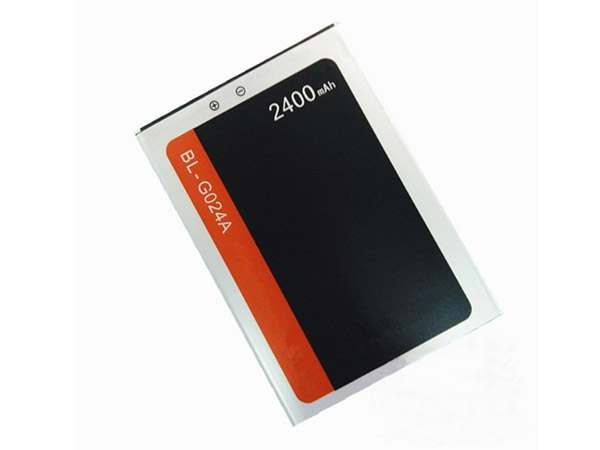
New GIONEE BL-G024A telephone battery High Quality Battery 2400MAH/9.12WH, 3.8V/4.35V
Replacement Battery>> GIONEE BL-G024A 2400MAH/9.12WH 3.8V/4.35V
Replace the following part numbers:
- GIONEE BL-G024A
- Fits the Following Models:
For GIONEE F100 F100A F103B F306 3002 GN3003https://www.uk-online.co.uk/BL-G024A-battery-replacement-179803.html
HTC smart phone battery pack for HTC Ocean Note U-1w U Ultra U-1u
- HTC B2PZF100 smart phone is made from the highest quality cells and parts. TheHTC B2PZF100 is designed to meet or exceed original equipment specifications. Shopping with us is safe and secure! 100% Guarantee Quality and Fully Test!
HTC B2PZF100 smart phone High Quality Battery 3000mAh 3.8V/4.4V
Product details:
Brand:HTC smart phone
Type: Li-ion-battery
Voltage: 3000mAh
Capacity: 3.8V/4.4V
Usually ships the same business day!
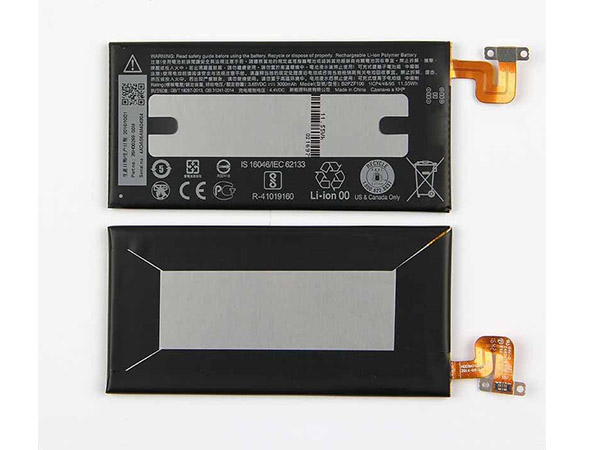
New HTC B2PZF100 telephone battery High Quality Battery 3000mAh, 3.8V/4.4V
Replacement Battery>> HTC B2PZF100 3000mAh 3.8V/4.4V
Replace the following part numbers:
- HTC B2PZF100
- Fits the Following Models:
For Ocean Note U-1w U Ultra U-1uhttps://www.uk-online.co.uk/B2PZF100-battery-replacement-179804.html
Clevo N130BAT-3 Battery For Clevo N130BU Sager NP3130 36Wh 11.4V
Clevo N130BAT-3 laptop battery is made from the highest quality cells and parts. TheClevo N130BAT-3 is designed to meet or exceed original equipment specifications. Shopping with us is safe and secure! 100% Guarantee Quality and Fully Test!
-
Clevo N130BAT-3 laptop battery High Quality Battery 36Wh 11.4V
Product details:
Brand:Clevo laptop battery
Type: Li-ion-battery
Voltage: 36Wh
Capacity: 11.4V
Usually ships the same business day!
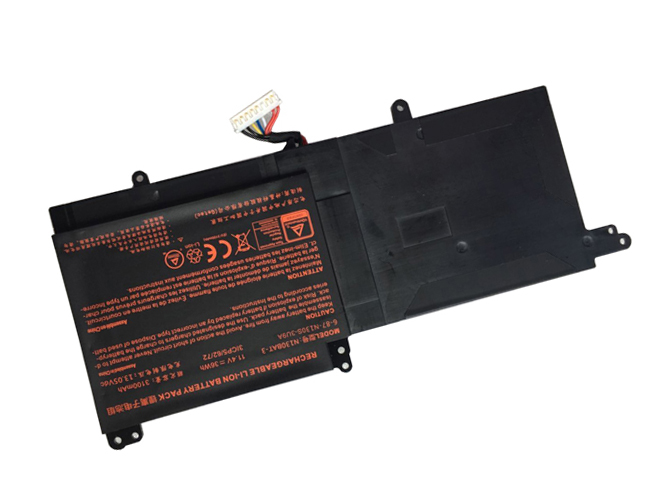
New Clevo N130BAT-3 notebook battery High Quality Battery 36Wh, 11.4V
Replacement Battery>> Clevo N130BAT-3 36Wh 11.4V
Replace the following part numbers:
- Clevo N130BAT-3
- Clevo 6-87-N130S-3U9A
- Fits the Following Models:
Charge limit voltage :13.05Vdc
Clevo N130BU, Clevo Sager NP3130https://www.uk-online.co.uk/N130BAT-3-battery-replacement-179218.html
Cheap IEI BAT-Li-4S2P3800 Battery Replace for IEI BAT-Li-4S2P3800 Industrial Series
IEI BAT-Li-4S2P3800 laptop battery is made from the highest quality cells and parts. TheIEI BAT-Li-4S2P3800 is designed to meet or exceed original equipment specifications. Shopping with us is safe and secure! 100% Guarantee Quality and Fully Test!
-
IEI BAT-Li-4S2P3800 laptop battery High Quality Battery 3800mah/56.24wh 14.8V
Product details:
Brand:IEI laptop battery
Type: Li-ion-battery
Voltage: 3800mah/56.24wh
Capacity: 14.8V
Usually ships the same business day!
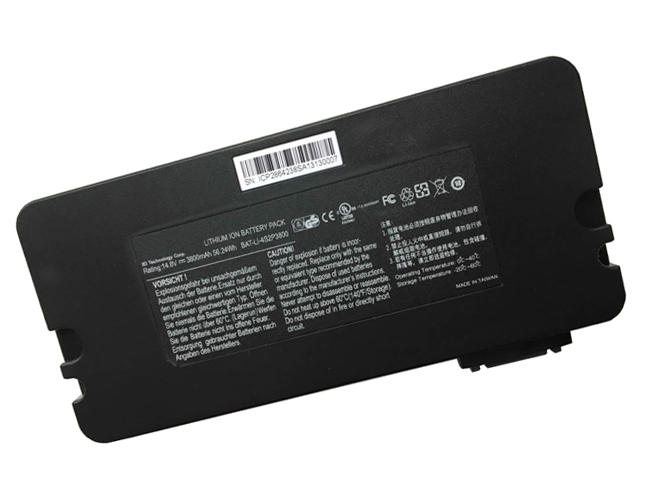
New IEI BAT-Li-4S2P3800 notebook battery High Quality Battery 3800mah/56.24wh, 14.8V
Replacement Battery>> IEI BAT-Li-4S2P3800 3800mah/56.24wh 14.8V
Replace the following part numbers:
- IEI BAT-Li-4S2P3800
- Fits the Following Models:
IEI BAT-Li-4S2P3800 Industrial computer Serieshttps://www.uk-online.co.uk/BAT-LI-4S2P3800-battery-replacement-179219.html
Clevo laptop battery pack for Clevo N850HC N850HJ N850HJ1 N850HK1 6-87-N850S-4C4
Clevo N850BAT-6 laptop battery is made from the highest quality cells and parts. TheClevo N850BAT-6 is designed to meet or exceed original equipment specifications. Shopping with us is safe and secure! 100% Guarantee Quality and Fully Test!
-
Clevo N850BAT-6 laptop battery High Quality Battery 4200mAh/47Wh 10.8V
Product details:
Brand:Clevo laptop battery
Type: Li-ion-battery
Voltage: 4200mAh/47Wh
Capacity: 10.8V
Usually ships the same business day!
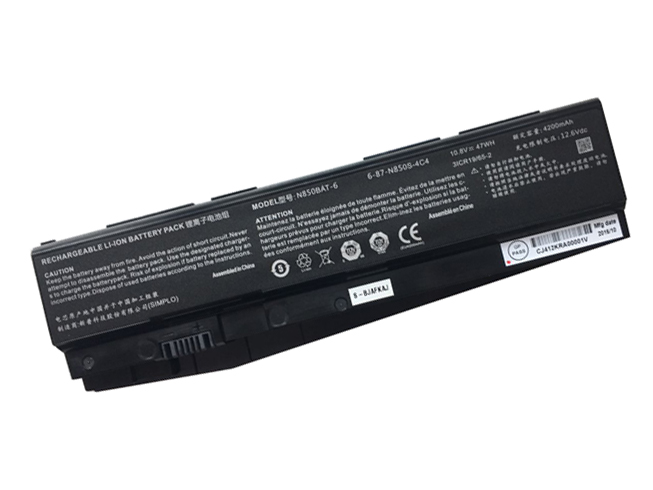
New Clevo N850BAT-6 notebook battery High Quality Battery 4200mAh/47Wh, 10.8V
Replacement Battery>> Clevo N850BAT-6 4200mAh/47Wh 10.8V
Replace the following part numbers:
- Clevo 6-87-N850S-4C4
- Clevo N850BAT-6
- Fits the Following Models:
Clevo N850HC, N850HJ, N850HJ1, N850HK1, N850HN, N870HC, N870HJ1, N870HK1
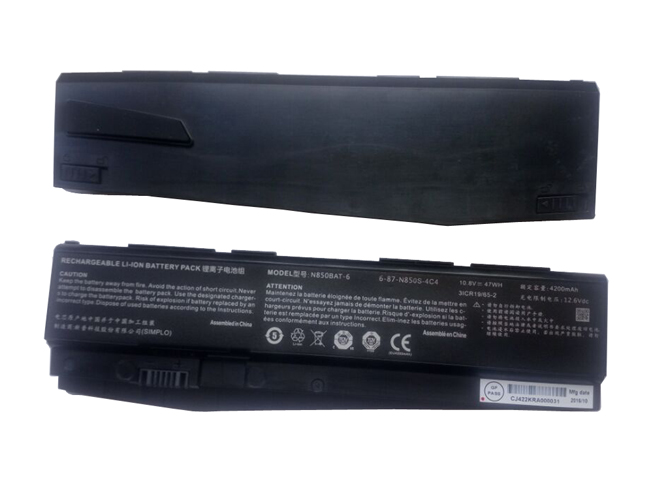
Acer laptop battery pack for Acer AS16B8J 3INR/19/65-2 series
Acer AS16B8J laptop battery is made from the highest quality cells and parts. TheAcer AS16B8J is designed to meet or exceed original equipment specifications. Shopping with us is safe and secure! 100% Guarantee Quality and Fully Test!
-
Acer AS16B8J laptop battery High Quality Battery 5600MAH 10.95V
Product details:
Brand:Acer laptop battery
Type: Li-ion-battery
Voltage: 5600MAH
Capacity: 10.95V
Usually ships the same business day!
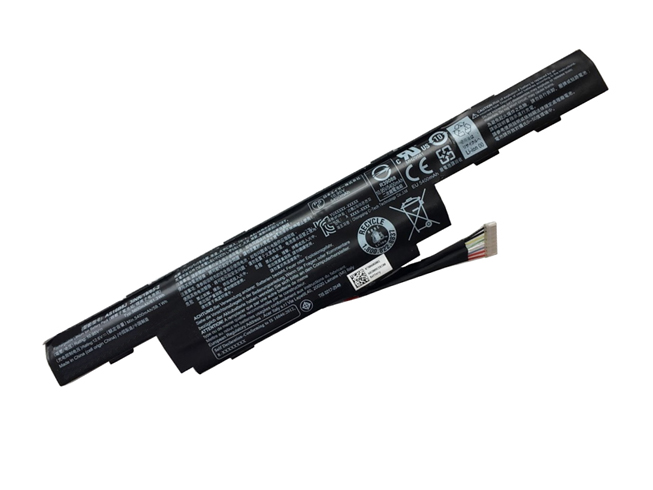
New Acer AS16B8J notebook battery High Quality Battery 5600MAH, 10.95V
Replacement Battery>> Acer AS16B8J 5600MAH 10.95V
Replace the following part numbers:
- Acer AS16B8J
- Acer 3INR/19/65-2
- Fits the Following Models:
Rating : 12.6v=Min.5400mAh/59.1Wh
Acer serieshttps://www.uk-online.co.uk/AS16B8J-battery-replacement-179221.html